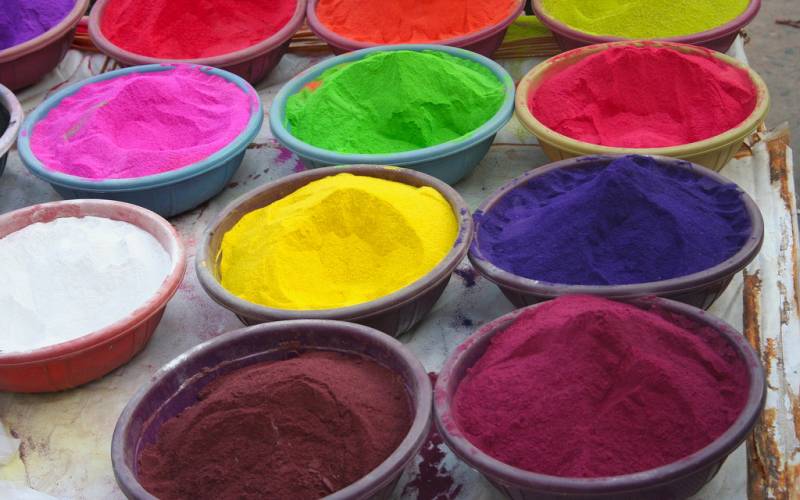I’m sure we’ve all been invited to a business meeting/activity where we’ve been asked to fill out surveys regarding who we are and what we like. After all the questions have been answered, you are given certain personality traits that you are amazed at how “dead on” the results seem to be. A lot of the times, these traits are linked to color schemes.
Who Are You? Who who? Who who?
The four general color schemes were red, yellow, blue, and green, or if the quiz got really technical, some mixture of the colors. You might have been dubbed a yellow personality on the outside with a green personality on the inside. Things started to get too confusing and around that time, you started to tune out (maybe that was just me). The interesting thing about this color test is that people have been examining the psychology of colors for a long time now. So, being that we are all about letting your colors shine through, we’ve decided to give you a quick overview of how colors not only affect your fashion, but your mood and personality as well.
The Psychology of Colors
Ancient cultures like the Chinese and the Egyptians used different colors to aid in health benefits. For example, they believed that the color of red aided in circulation and helped to stimulate the body. Blue was thought to soothe the individual and helped in treating pain. As science and technology progressed, researchers began to doubt some of these claims as different colors had different meanings throughout the various cultures, and that the lasting psychological or stimulating effect of the color was quite short.
There were recent studies, however, that proved that color can affect your thinking in different ways. For example, in helping the sick, one study found that warm colored placebo pills were reported as being more effected than the cooler colored placebo pills. These results also varied depending on the culture or background they were introduced to.
Other studies included installing blue lighting in different areas. In Glasgow, after the installation of blue lights, there was a drop in crime in those certain areas. A Japanese railroad company installed blue lights in its stations to reduce the number of suicides.
What Your Color Choices Say about You
In fashion, colors have been used to further display the effects it may have on the public. For example, black has been often used to represent authority and power. White represents innocence and purity, hence why most brides symbolically wear white. Red, again, is a stimulating color. Blue is considered peaceful and calm, but can also be considered cold and/or depressing.
Many designers use these different color schemes to project a message of what type of mood they are trying to convey. Home designers will use these specifically in their vision of the type of mood a room is to be set in. There’s a reason why on television people sit in a “green room.” The psychology of the color helps them to relax. That same thinking is why many hospitals often use green in their color schemes.
Allow Your Colors to Shine Through
Regardless of what color defines you, feel free to experiment with different choices and directions. Some people may feel comfortable in only colder colors, while others may embrace the warm direction. The beauty of our products is that the colors are always changing with you, keeping you in fashion, and perhaps most importantly, in comfort and a great mood.

